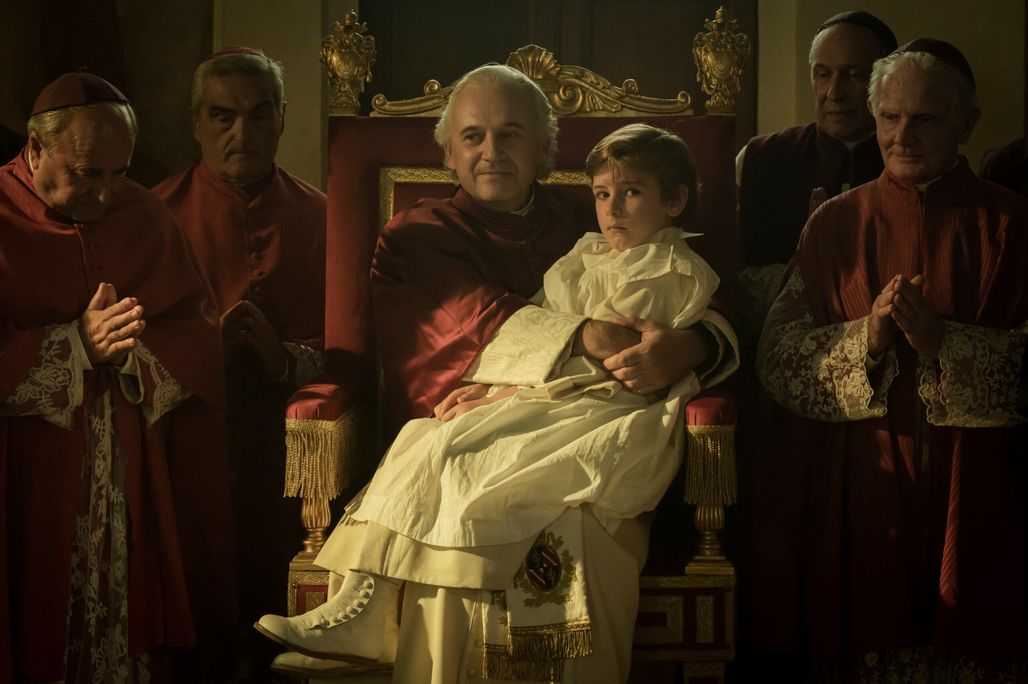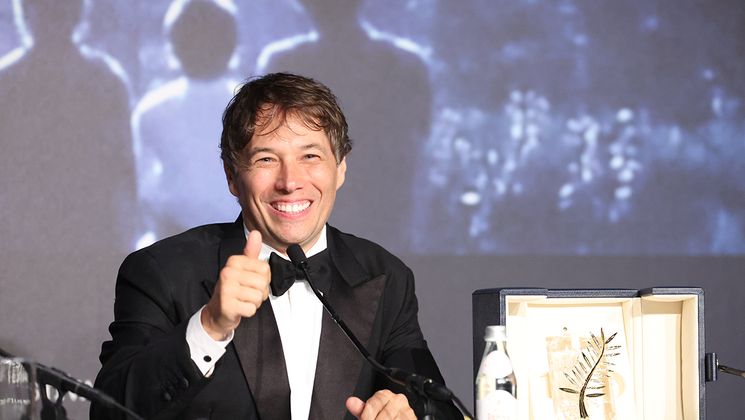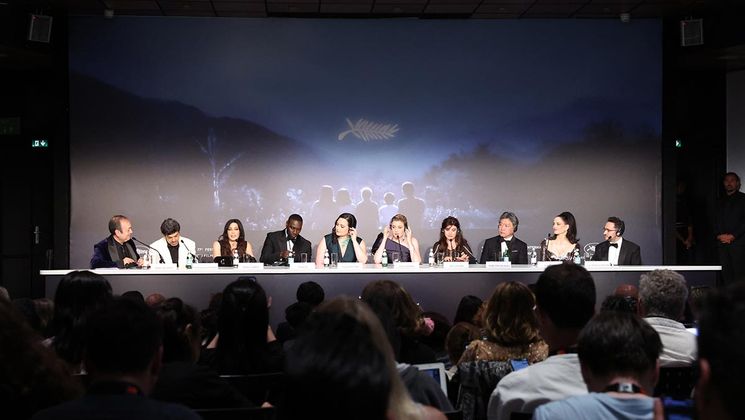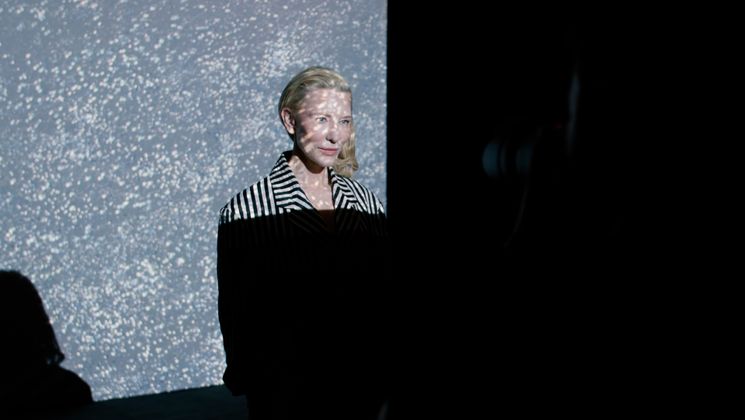
Marco Bellocchio takes on dogmatic religion in Rapito (Kidnapped)

A year after his Exterior Night series about the 1978 kidnapping and assassination of former Italian prime minister Aldo Moro, Italian film-maker Marco Bellocchio is back with another tale of abduction that made the headlines in 19th-century Italy. Rapito tells the story of Edgardo Mortara, a child who was born into a Jewish family before being kidnapped by the Church by order of the Pope to be Christianised.
How much did you know about the Mortara case before you began writing this feature film?
Nothing at all. I came across it in a book by Vittorio Messori, a deeply Catholic and conservative writer. In his work, he explored the life of Edgardo Mortara and provided a defence of the reasons that prompted the Pope to remove him from his family. His book shines a light on Mortara’s existential paradoxes. As well as being kidnapped — which incidentally, Messori fails to mention — Mortara didn’t have a very peaceful existence. But he asserted his freedom and spontaneously converted to Catholicism. In fact, the film was initially going to be called The Conversion. Messori betrays a continuous state of suffering as a result of his inner conflicts.
How did you set about writing the script with Susanna Nicchiarelli?
As well as Messori’s book, we mostly based our work on writings by Daniele Scalise, who mentions this case too, and by David Kertzer, which Steven Spielberg was considering adapting for the screen. As with Exterior Night, we made a point of rooting our narrative in indisputable historical fact, before allowing our imaginations to fill the spaces that history leaves empty. We have very little insight into the characters’ private lives, for example. The film’s structure is underpinned by several historical pillars: the kidnapping in 1858, the trial in 1860, and the Capture of Rome in 1870.
“I didn’t make Rapito (Kidnapped) to make a political point or take a stand against the Church“.
Rapito reflects on the difference between faith and dogma. What does your film say about present-day Catholic Italy?
Naturally, what Eduardo Mortara experienced could never happen today in an age of open dialogue and an extremely broad-minded pope. At the time, there was indeed this sense that the Catholic faith wasn’t up for question. But Rapito (Kidnapped) isn’t a political film. I didn’t make it to make a political point or take a stand against the Church. This film doesn’t seek to pit one side against another. This man’s destiny spoke to me and inspired me. His tale filled me with feeling and tension. Those emotions paved the way for shaping the film. My sympathies clearly lie with the child who underwent an act of extreme violence.
In terms of aesthetics, you drew heavily on chiaroscuro and sepia tones. What inspired you, visually-speaking?
Realism and the Romantics in Italian 19th-century painting. This was the era in which Italy built itself up, and produced many paintings depicting military and family scenes. In terms of décor, costumes, colours and contrasts, we took inspiration from the great tradition of pre-Impressionism in Italian and French paintings, as seen in Eugène Delacroix’s work.
The film owes much to the performance given by Enea Sala, the incredible young actor who played Edgardo Mortara…
Enea hasn’t even be baptised, he’s never been to church, and he’s not Jewish, either! What he serves up on screen is his emotional response to the character, and he plays the part while managing to avoid what children often do — mimicking what they’ve seen on television. He brought incredible depth to his role, which was extremely beneficial to the film. I wanted him to feel free. The care shown to him by the other actors proved decisive, too. The risk was that he would play the part like a puppet.


